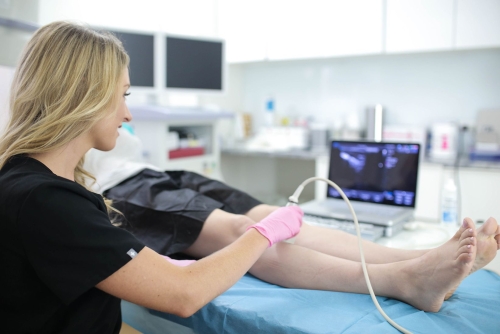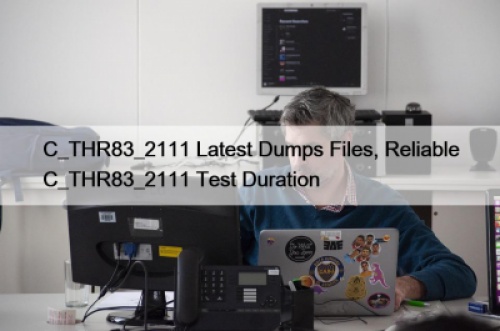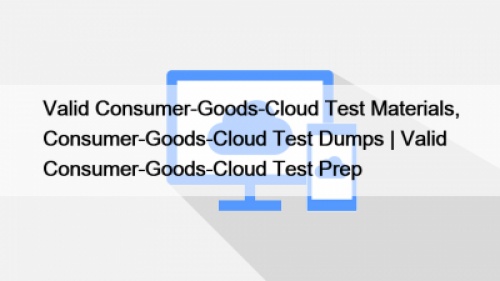Generally, people experiencing varicose veins won't create difficulties or complications. If it happens, that means you haven't taken treatment on time. Moreover, it can create problems because of improper blood flow circulation.
Sometimes, cuts or bumps on your leg might cause varicose veins near the skin's surface to leak. Stopping the bleeding is a challenging task.
Elevate your leg sitting and apply direct pressure on the affected area. Consult a specialist immediately if the bleeding does not stop.
Venous Ulcers
A normal condition of vein disease transforms into severe complications when excessive venous pressure is exerted in the lower limbs that may develop a venous ulcer.
A patient with varicose veins has a high risk of developing a venous ulcer because of the excessive venous pressure in the lower limbs. This happens when fluid accumulates beneath the skin, causing the area to enlarge and develop an ulcer—most frequently in the area around the ankles.
In difficult conditions such as biting or scratching in the affected region, it can take a longer time to recover because of improper blood flow.
Skin Complications and Dermatitis
Venous insufficiency can sometimes cause various skin issues that are as follows:-
Varicose eczema
Blisters and crust may appear in the skin and you can observe red, scaly, and flaky skin near the affected area.
Lipodermatosclerosis
This is a more complex skin condition that tightens and hardens the skin and skin color changes into red or brown, which is non-reversible.
Venous InsufficiencyIt can influence the oxygen exchange as well as the process of nutrient and waste products because of the improper flow of blood circulation, which is determined as chronic venous insufficiency. This type of condition puts an individual at high risk.
Blood Clots
Thrombophlebitis
Phlebitis and Thrombophlebitis are different words with the same meaning and can cause swelling (inflammation) in the affected area because of the formation of tender clots. It is worth mentioning that it differs from deep vein thrombosis.
Deep vein thrombosis
Deep vein thrombosis is a more complex condition of venous disease, that is why it requires urgent medical care. However, pain and swelling are the common symptoms of this vein condition that puts an individual life at high risk and enhances the chances of pulmonary embolism.
Sometimes, many people want to get an idea of How Much Does Varicose Vein Treatment Cost. The cost of varicose veins depends on various factors such as how much area is affected and how severe the condition is, the doctor's experience and many other factors.
How Vascular Specialists Diagnose Varicose Veins?
Varicose veins are often diagnosed by a simple physical examination test asking you to stand, sit, and walk to cross-check your daily activities. Furthermore, they may ask you to perform a Dopplex (Duplex) ultrasound test, which helps them identify the main reason for developing varicose veins.
This simple yet painless test helps evaluate the groin valve's performance and how much blood flows back to the legs. The best part of this is that it makes the work easier for vascular experts to help identify if any blood clots formulate in your leg veins and their structural makeup. It usually takes 20 to 30 minutes for each leg.
Wrapping It Up
You must seek medical care before worsening the condition. If you are seeking for varicose vein specialist called - Vascular specialists or Phlebologists are professional vein doctors who are experts in diagnosing, examining, and treating different vein diseases.
















